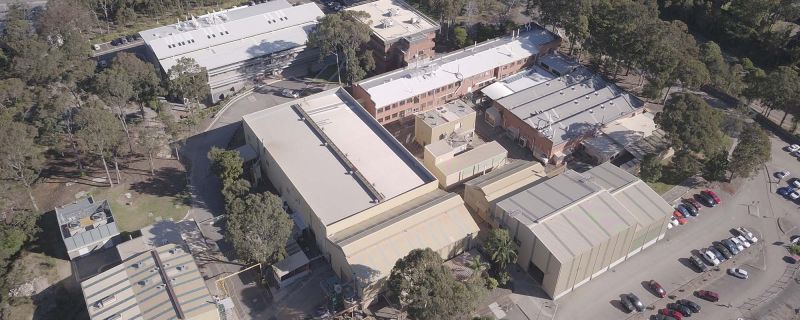
Newcastle Institute for Energy and Resources
About
NIER elevates innovation by supporting industry / research collaborations and providing access to large-scale specialised research facilities to pilot and scale new technologies.

A history of collaboration and innovation
NIER was established in 2010 as an Australian Government initiative funded by $30 million from the Education Investment Fund, supported by $2.2 million funding from the NSW Government. The objective of the Institute was to build a world-class facility and a critical mass of leading researchers across disciplines to undertake innovative research for new energy solutions, and to promote the reduction of energy usage in the resources sector. The collaborative industry / research model works by matching real-world industry problems with multidisciplinary teams of problem solvers.
Since NIER’s establishment, the global requisite to achieve more sustainable approaches and optimised processes in the energy and resources sectors has intensified, while more sustainable practices in the food and water sectors has also become imperative.
In our tenth year of operation, NIER officially expanded our research scope to service the energy, resources, food and water sectors and address the social, environmental and economic challenges faced by global communities who rely on access to vital resources.

Precinct and facilities
NIER occupies 3.8 hectares at the University of Newcastle’s Callaghan campus known as the NIER Precinct. This Precinct comprises extensive mineral, chemical and related technical laboratories, industrial-scale pilot plant workshops, demonstration units, and office accommodation for over 350 staff, research students and industry partners.
The site has historical importance as BHP’s former Newcastle Technology Centre, one of the first industrial facilities in Australia where international research in chemistry, chemical engineering, coal and ore beneficiation, and metallurgy was advanced.
This legacy of research and innovation continues at the NIER Precinct with research groups benefiting from access to unique industrial research facilities to aid the pilot, validation and commercialisation of new technologies and services.
The University of Newcastle acknowledges the traditional custodians of the lands within our footprint areas: Awabakal, Darkinjung, Biripai, Worimi, Wonnarua, and Eora Nations. We also pay respect to the wisdom of our Elders past and present.